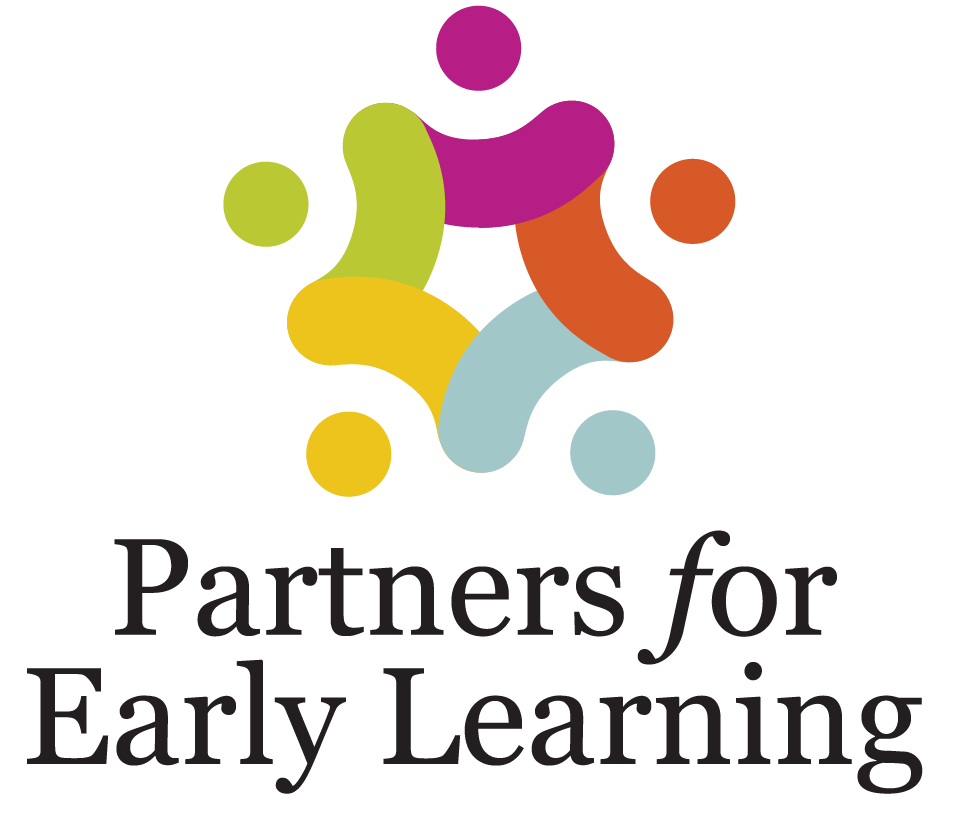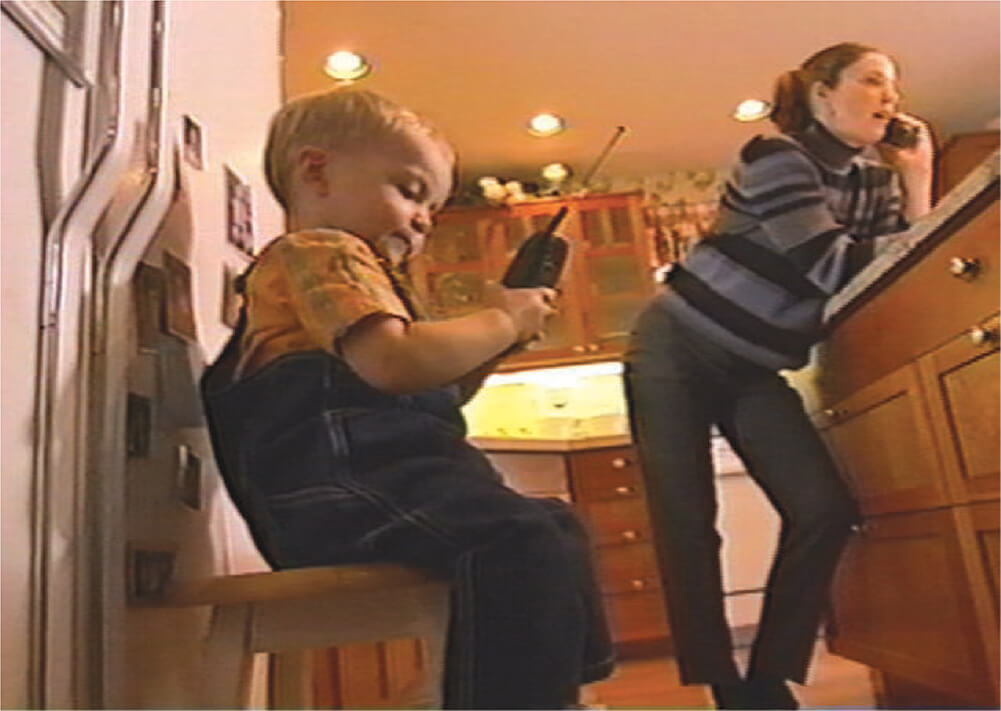Fortunately for parents, young children are amazing students. They’re so good at learning, they do it even when we don’t know we are teaching them. Children learn by watching, hearing, feeling, and tasting the world around them. In a way, your home is your child’s first classroom. Every waking hour, you can bet your child is learning something.
Attachments:
References:
Barr, R., & Hayne, H. (1999). Developmental changes in imitation from television during infancy. Child Development, 70(5), 1067-1081.
Klein, P. J., & Meltzoff, A. N. (1999). Long-term memory, forgetting, and deferred imitation in 12-month-old infants. Developmental Science, 2(1), 102-113.
Meltzoff, A. N. (1988). Imitation of televised models by infants. Child Development, 59, 1221-1229.
Meltzoff, A. N., & Moore, M. K. (1977). Imitation of facial and manual gestures by human neonates. Science, 198, 75-78.
Meltzoff, A. N., & Moore, M. K. (1983). Newborn infants imitate adult facial gestures. Child Development, 54, 702-709.
Rideout, V., & Hamel, E. (2006). The media family: Electronic media in the lives of infants, toddlers, preschoolers and their parents. Menlo Park, California: Henry J. Kaiser Family Foundation.

